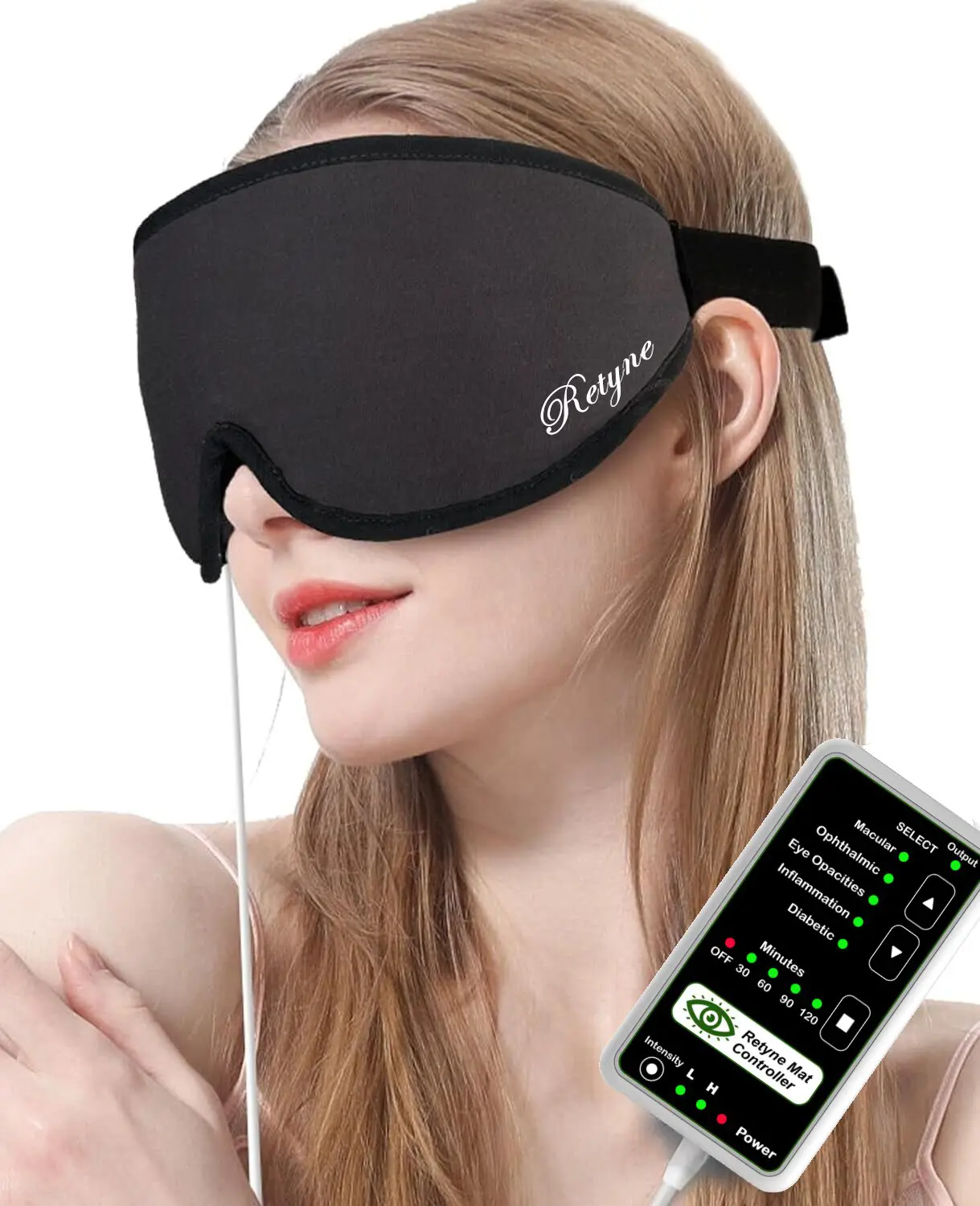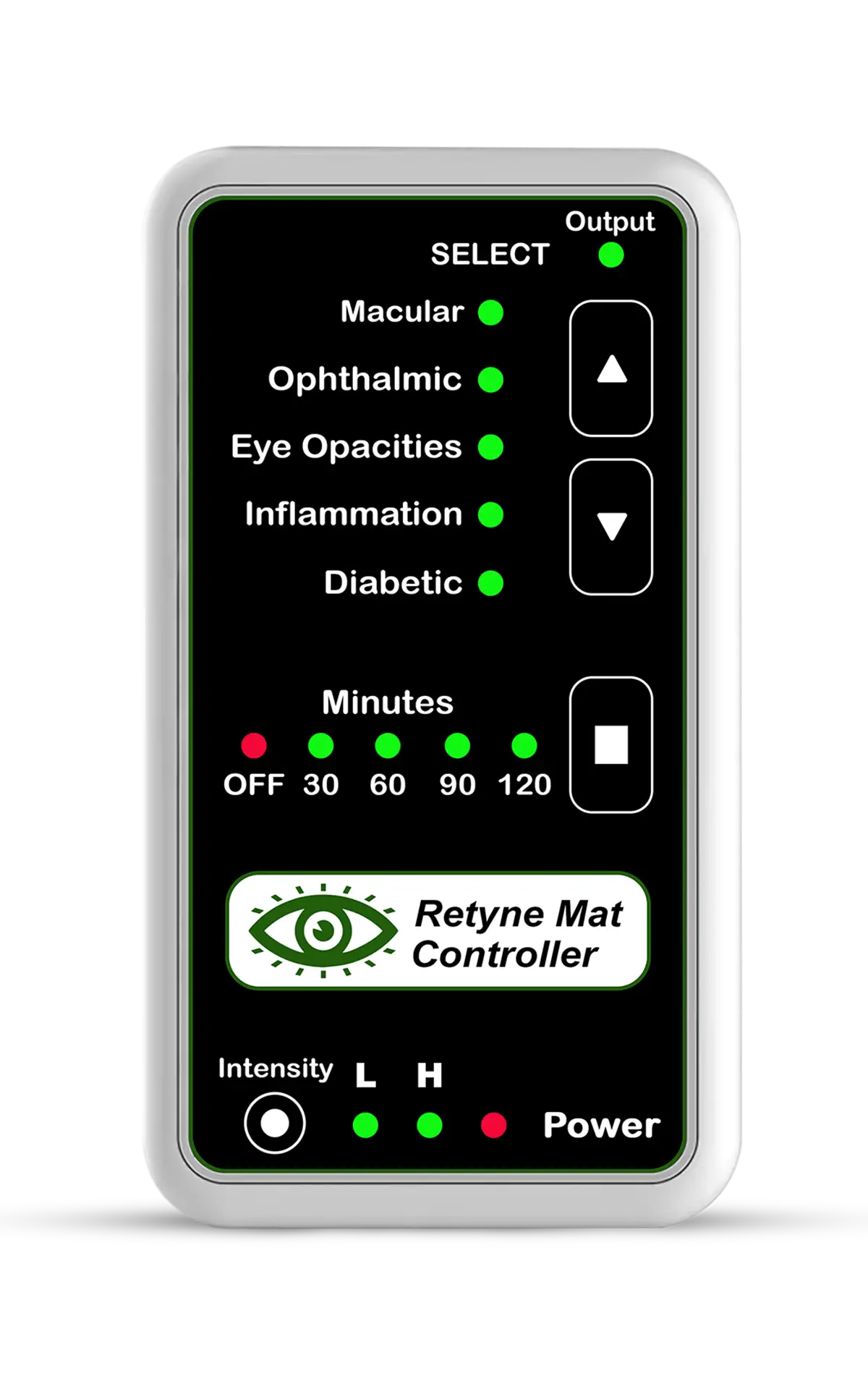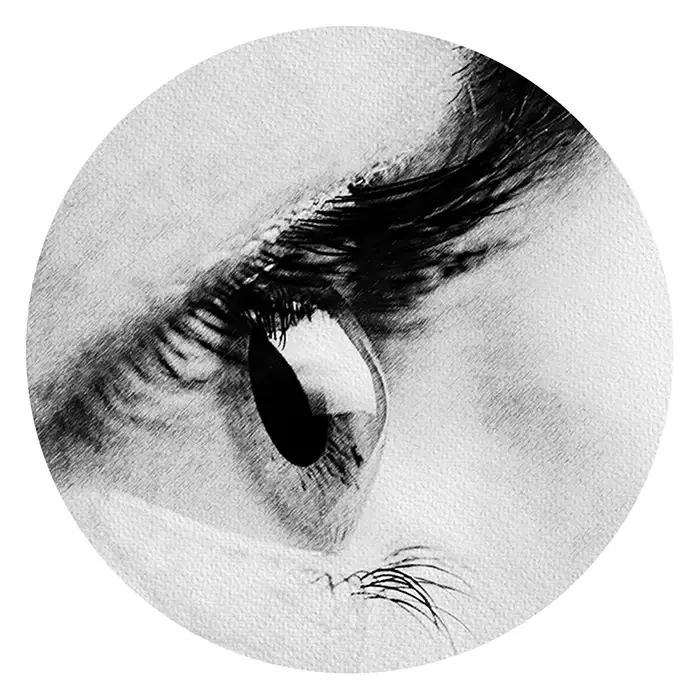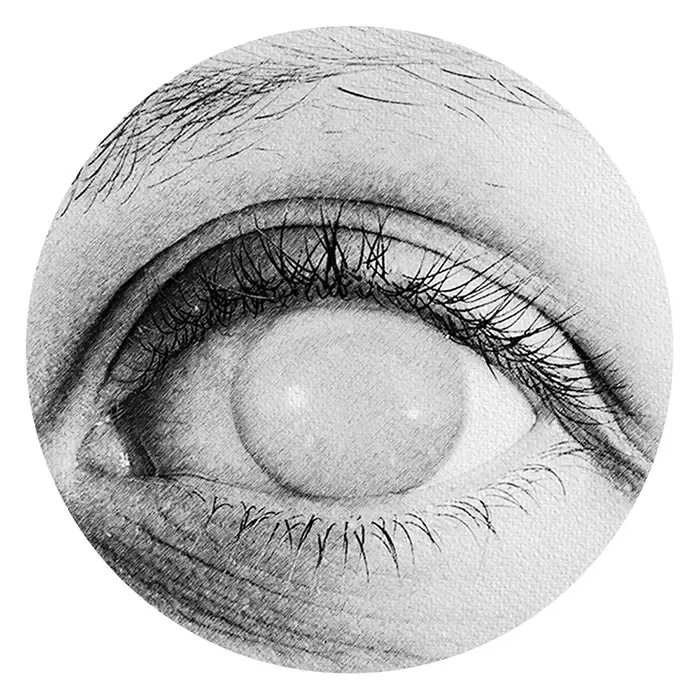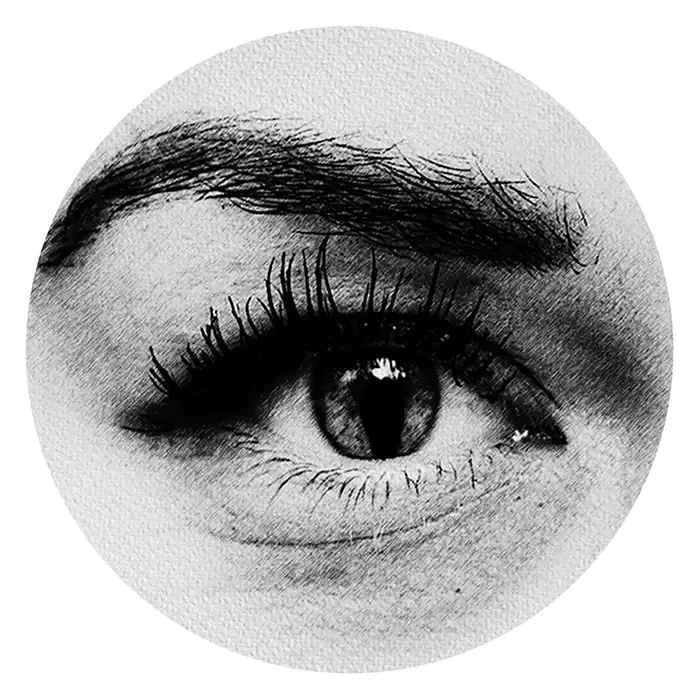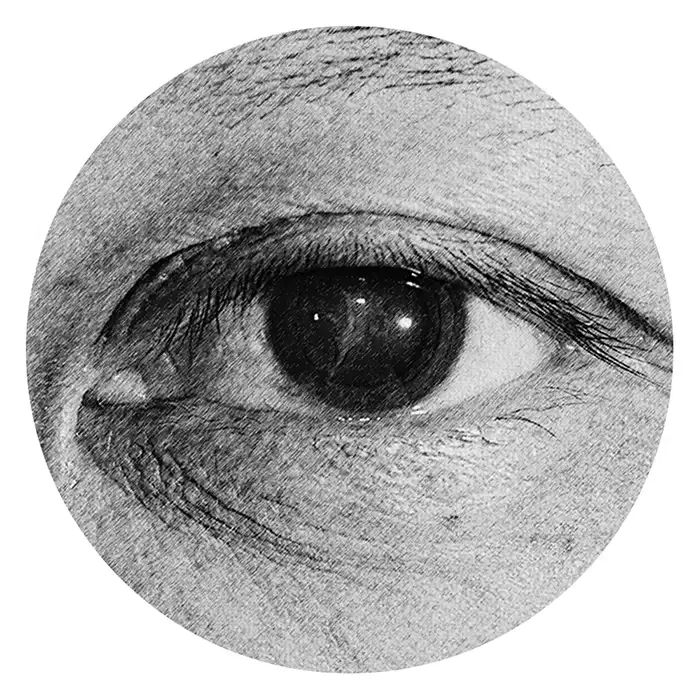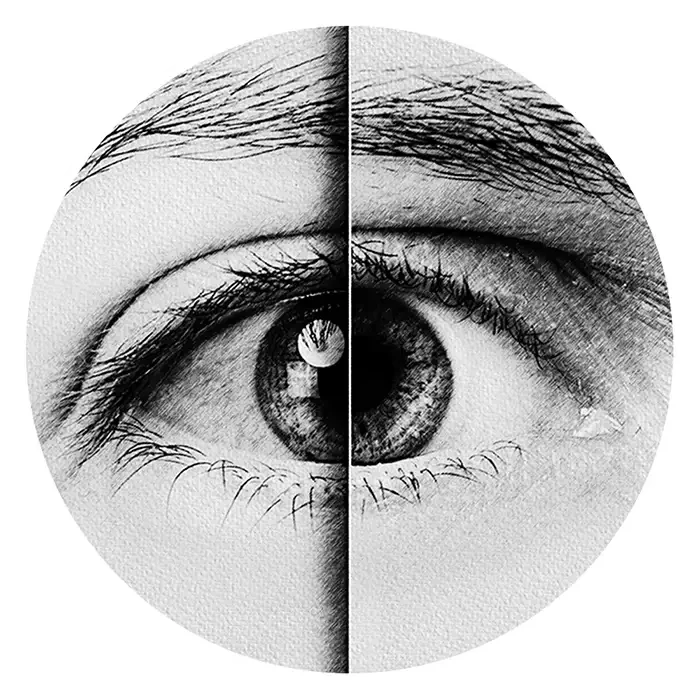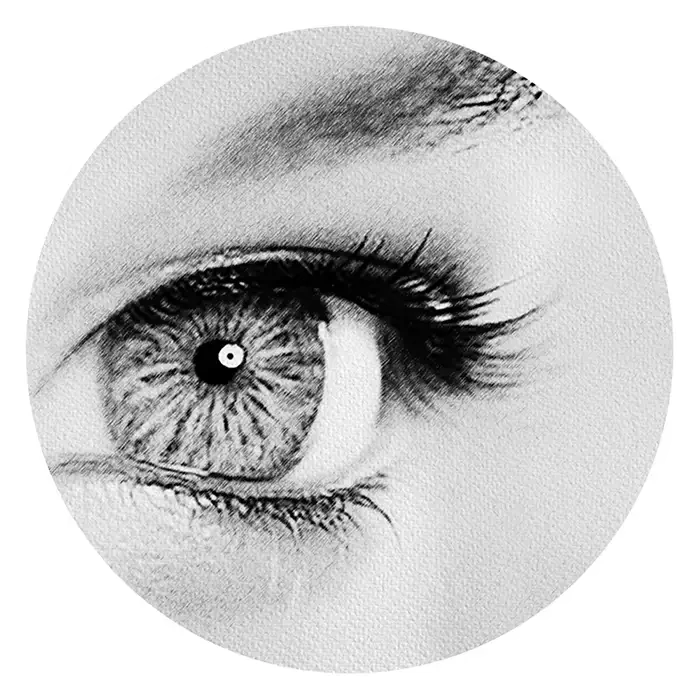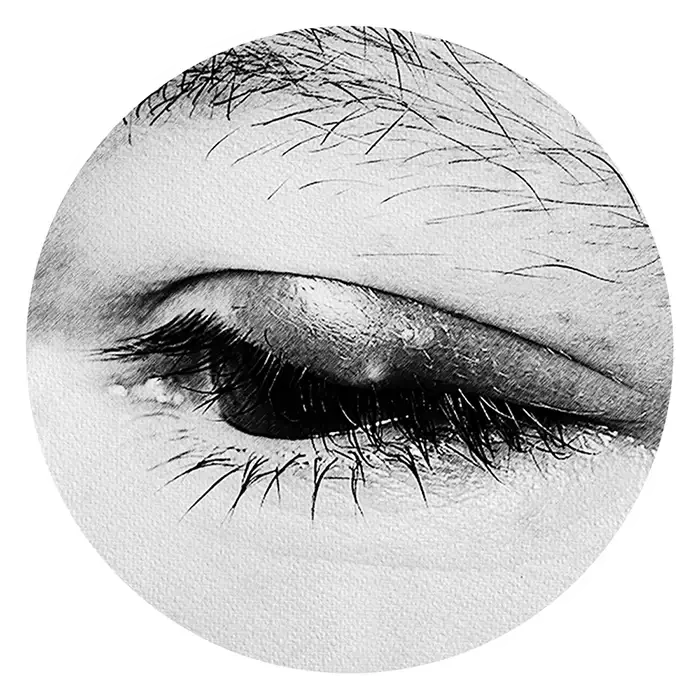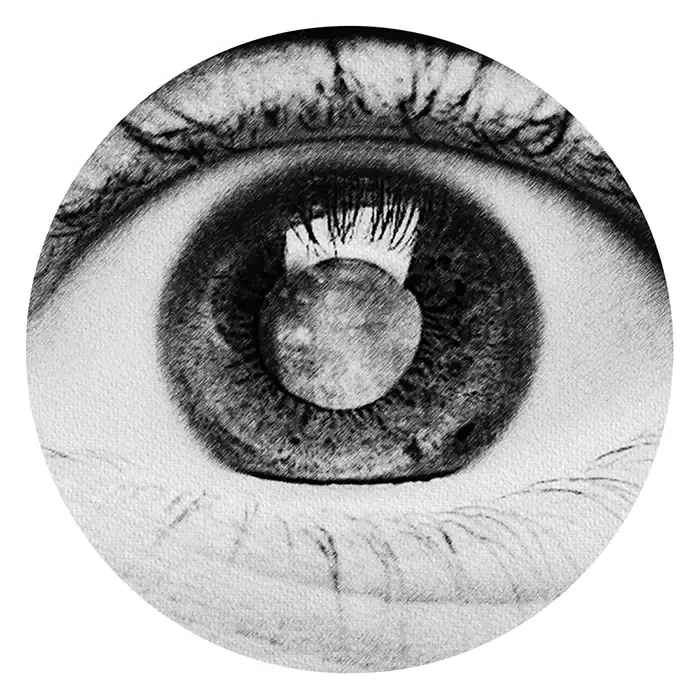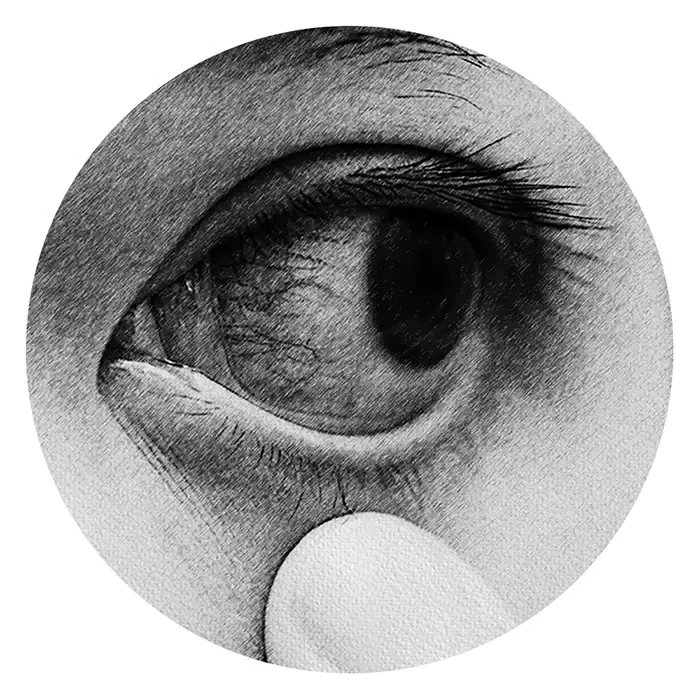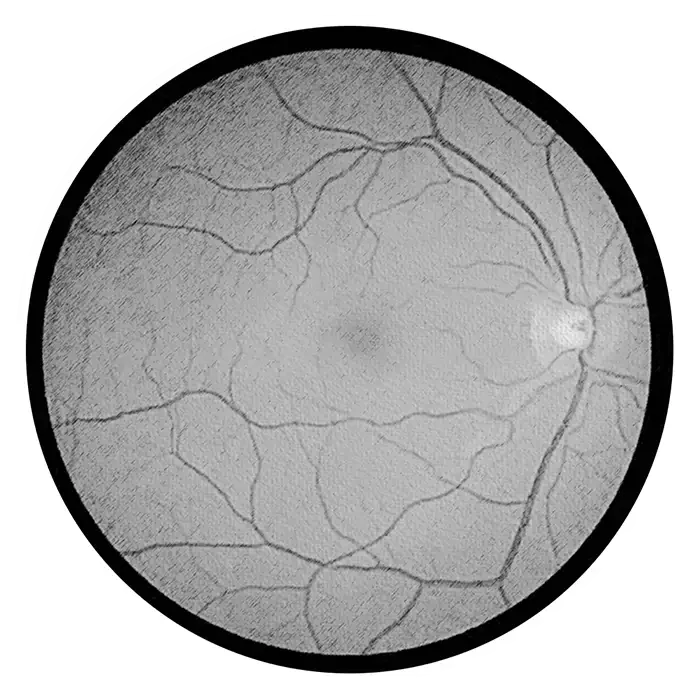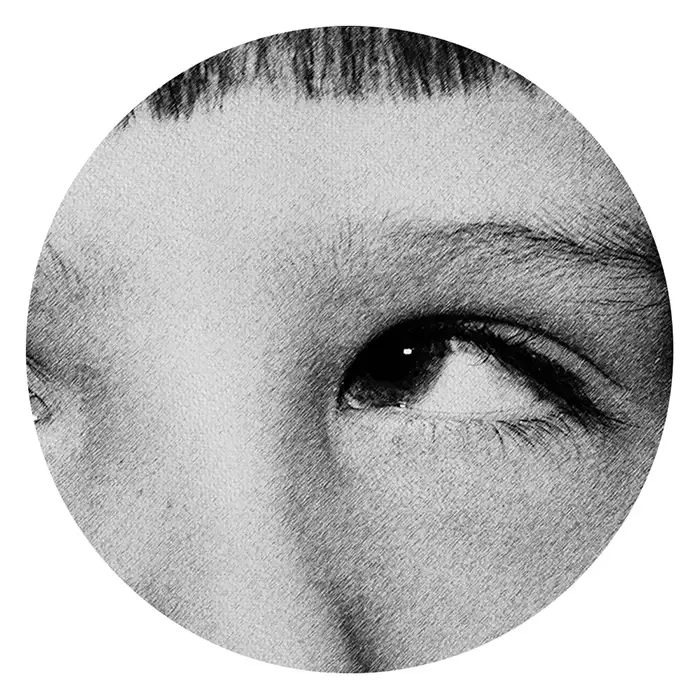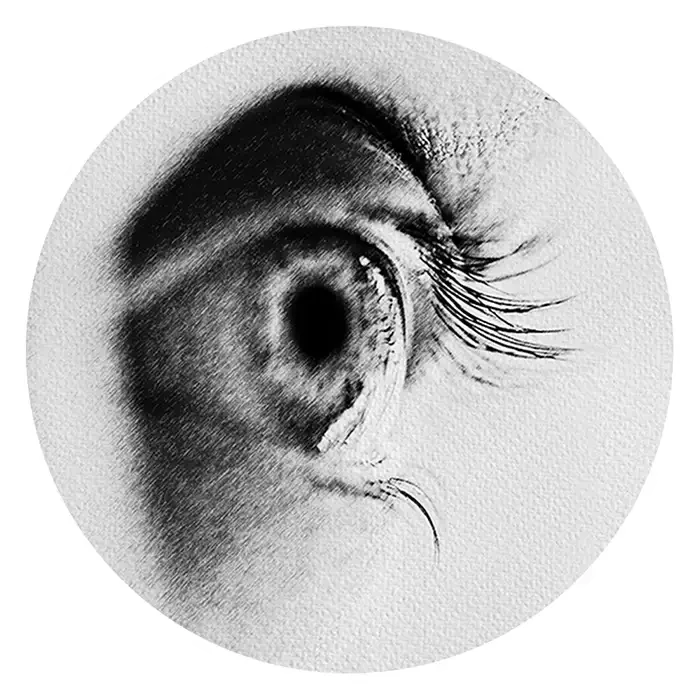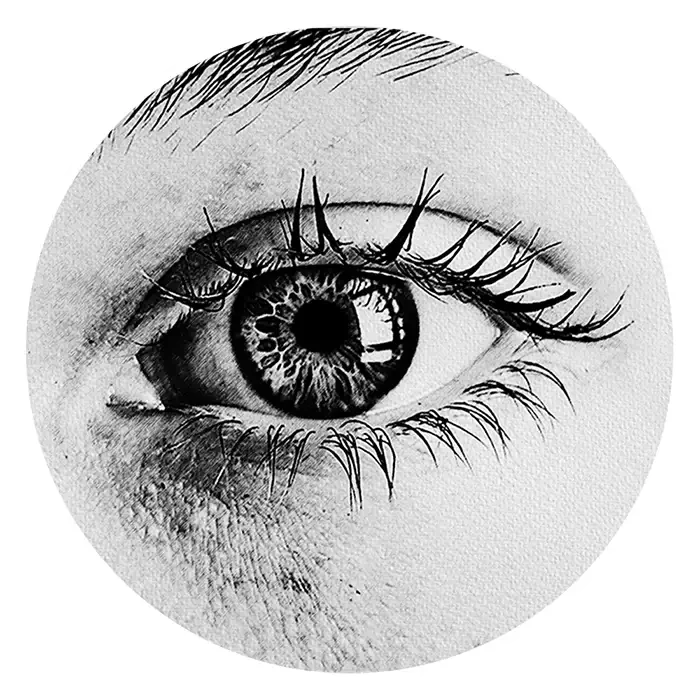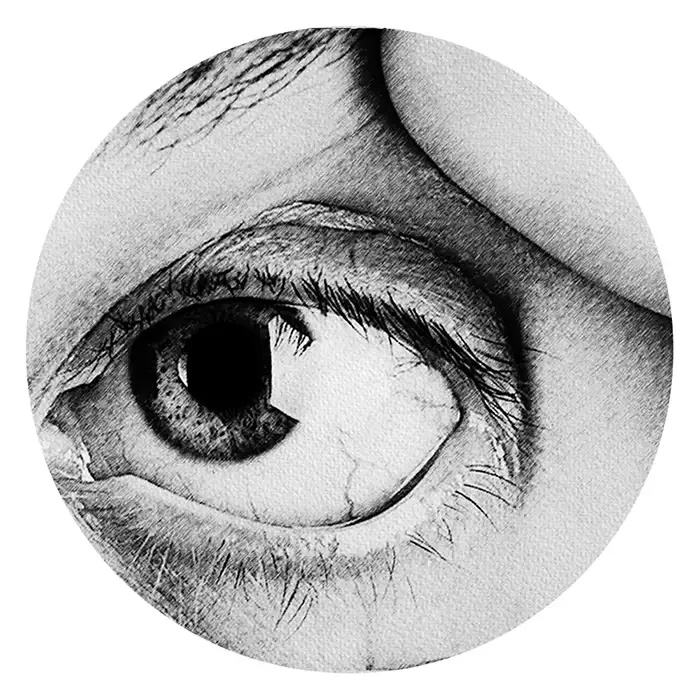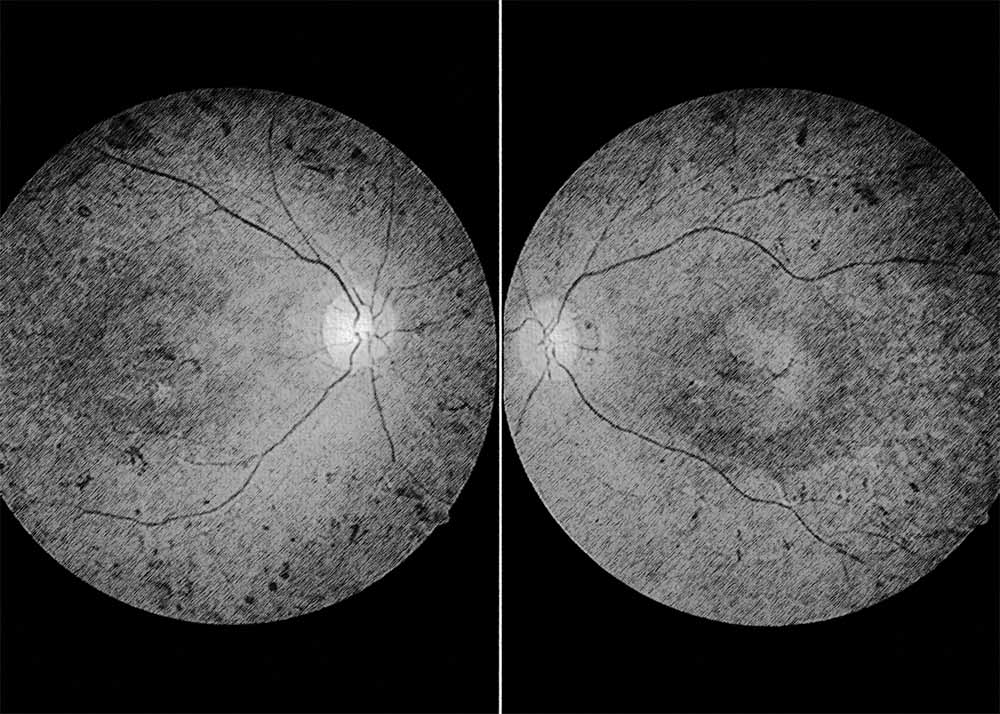
Treating Usher Syndrome with Infrared Light Therapy
Usher Syndrome is a rare genetic disorder characterized by a combination of hearing loss and vision impairment. There are three main types of Usher Syndrome, each distinguished by the severity and progression of symptoms. Type 1 Usher Syndrome typically involves profound deafness from birth and severe balance problems, along with vision loss that manifests early in childhood. Type 2 Usher Syndrome presents with moderate to severe hearing loss from birth and a gradual onset of vision impairment, usually becoming noticeable in adolescence or early adulthood. Type 3 Usher Syndrome is characterized by progressive hearing loss, variable balance issues, and late-onset vision loss.
iagnosing Usher Syndrome involves a comprehensive evaluation by a team of specialists, including ophthalmologists, audiologists, and geneticists. Hearing tests, vision assessments, and genetic testing may be performed to confirm the diagnosis and determine the specific type of Usher Syndrome. Ophthalmic examinations may reveal characteristic retinal changes such as retinitis pigmentosa (RP), a degenerative condition affecting the light-sensitive cells in the retina.
Usher Syndrome, particularly Type 1 and Type 2, may be related to the category of Eye Diabetic Retinopathy due to the presence of retinal changes resembling those seen in diabetic retinopathy. In Usher Syndrome, retinitis pigmentosa leads to progressive degeneration of the retina, resulting in peripheral vision loss, night blindness, and eventually central vision impairment. While the underlying cause differs from diabetic retinopathy, both conditions involve damage to the retinal vasculature and photoreceptor cells, contributing to vision loss.
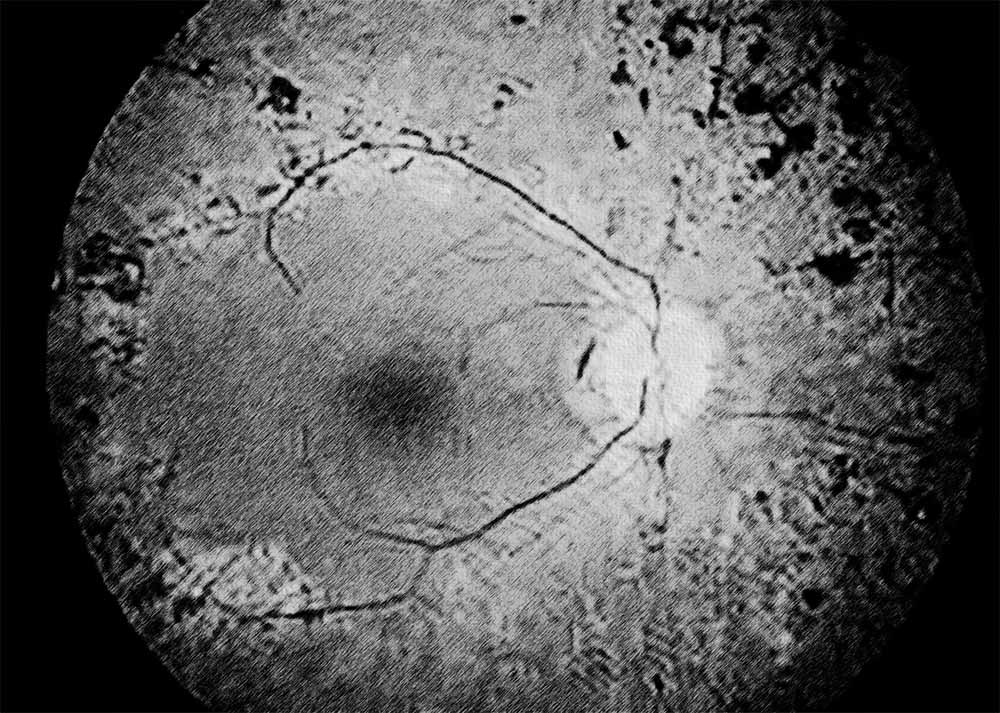
The Retyne Infrared Eye treatment mask offers a potential therapeutic approach for managing the symptoms of Usher Syndrome. Program #5 on the Retyne controller delivers targeted infrared light therapy to the eyes, aiming to improve retinal health, enhance circulation, and mitigate inflammation. Infrared light therapy has been shown to stimulate cellular repair mechanisms, promote tissue regeneration, and alleviate symptoms associated with degenerative retinal conditions like retinitis pigmentosa.
By utilizing infrared therapy delivered through the Retyne system, individuals with Usher Syndrome may experience improvements in visual function, including enhanced contrast sensitivity, improved night vision, and potentially slowed progression of retinal degeneration. While infrared therapy cannot reverse the underlying genetic mutations responsible for Usher Syndrome, it may help preserve remaining vision and delay the onset of debilitating symptoms, thereby improving overall quality of life for affected individuals.
In conclusion, Usher Syndrome poses significant challenges for individuals affected by this complex genetic disorder. However, through innovative approaches like infrared therapy delivered by the Retyne system, there is hope for improving visual outcomes and preserving retinal function. By addressing the underlying retinal pathology and promoting tissue repair, infrared therapy offers a promising avenue for managing the symptoms of Usher Syndrome and supporting the visual health of affected individuals.
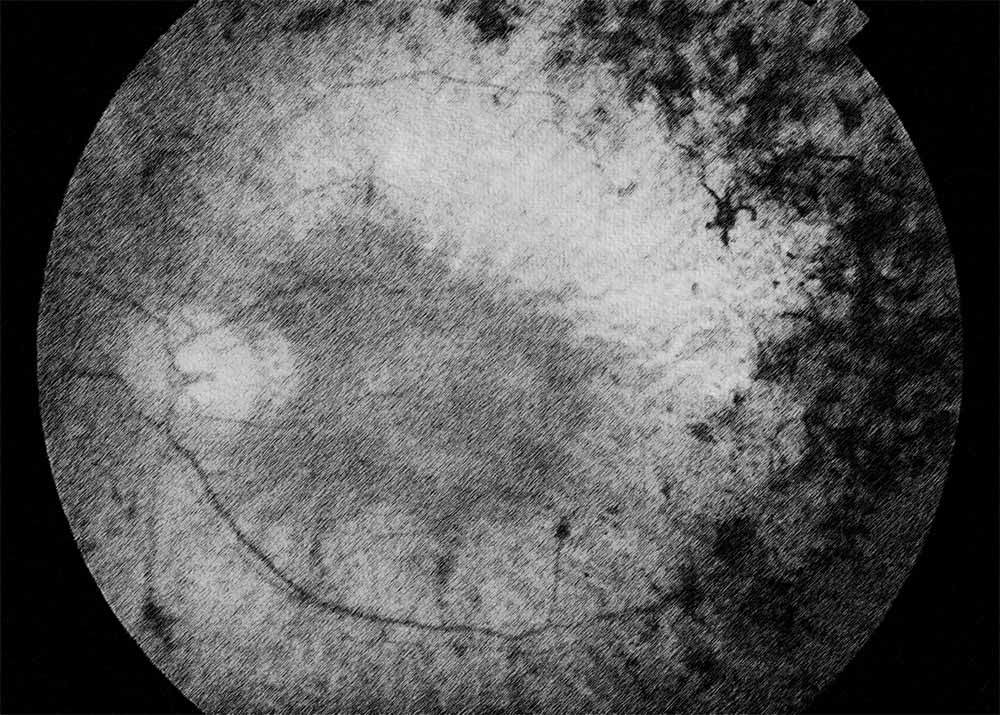
The Retyne eye treatment mask utilizes a general selection of frequencies (0.15, 0.89, 1.7, 6.97, 12.89, 62.3, 421, 465, 895, 951.3 ) tailored to address the symptoms related to Usher Syndrome . These frequencies have been meticulously chosen for their proven effectiveness in managing and treating this visual condition.
Retyne's approach involves converting each frequency into invisible infrared light output, marking a groundbreaking fusion of frequencies with light—a pioneering technology pioneered by Retyne Labs. Inspired by the groundbreaking work of Dr. Rife, who identified healing properties in specific frequencies and utilized light for their transmission, Retyne's innovative method capitalizes on current research on invisible infrared technology and builds upon past studies on light transmission through frequency sources. The result is the Retyne eye Treatment Mask, a convergence of state-of-the-art advancements in the field of visual care.
Moreover, for those utilizing advanced hardware such as the RDPV4, a secondary set of alternate frequencies for Usher Syndrome: 0.02, 0.46, 0.68, 0.97, 2.5, 210.5, 500, 652.43, 759.83, 923.7 is available. The RDPv4 offers an expanded range of frequencies, finely calibrated to provide even greater precision in addressing Usher Syndrome. By incorporating this secondary set of frequencies, the RDPV4 elevates the potential therapeutic benefits of the Retyne eye Treatment Mask, catering to individuals seeking advanced solutions for their visual health needs.
An Usher Syndrome Compatibile group exists at program 1229 on the International ETDFL frequency list
An Usher Syndrome Alternate group exists at program 3476: Usher Syndrome: 0.02, 0.46, 0.68, 0.97, 2.5, 210.5, 500, 652.43, 759.83, 923.7
Compatibility
Standalone controller (Program #5) (Controller shipped with Retyne Eye Treatment Mask)
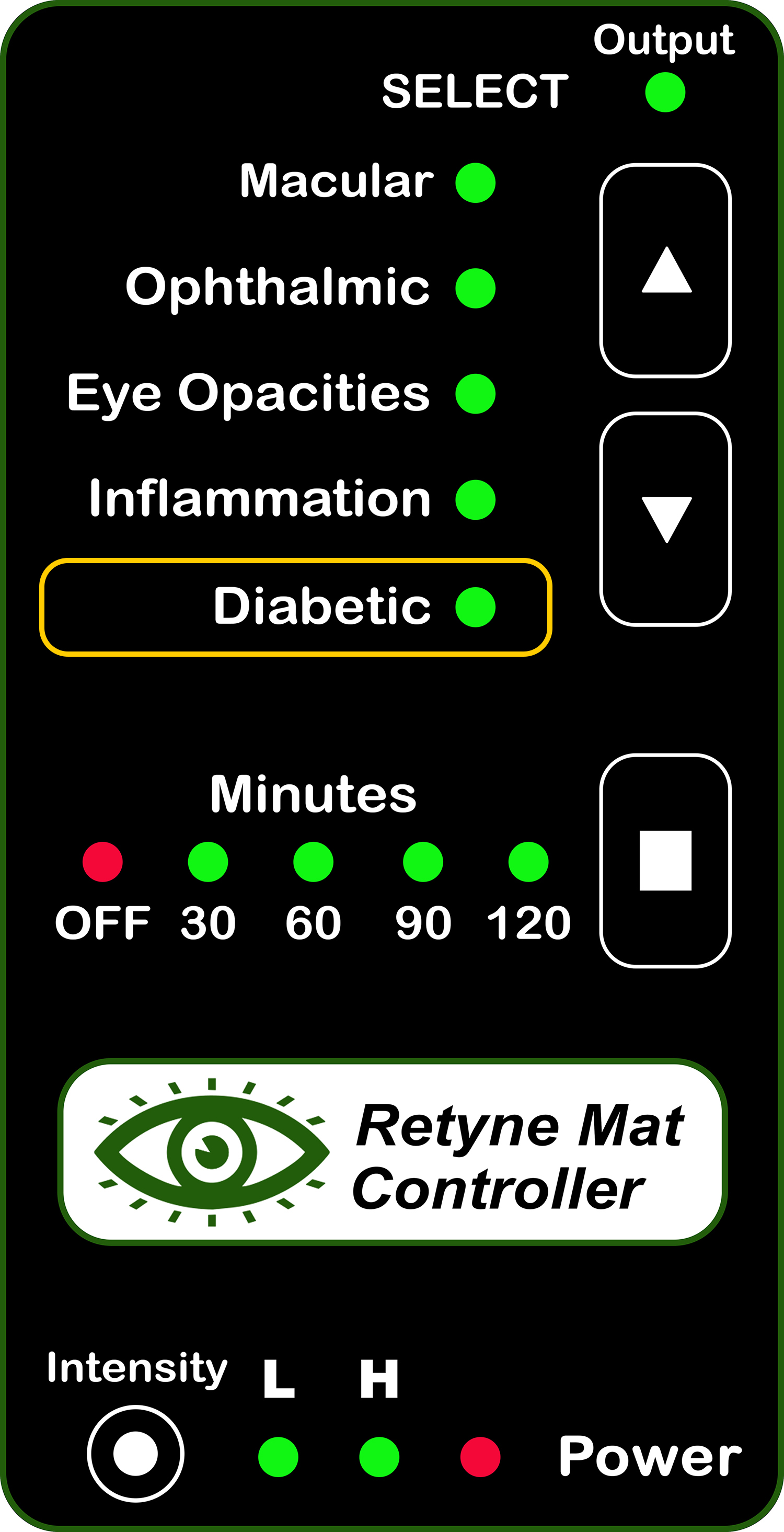
RDPV4 (Direct connect, use group 3476)
RDPV4 Light Mask Program button 5
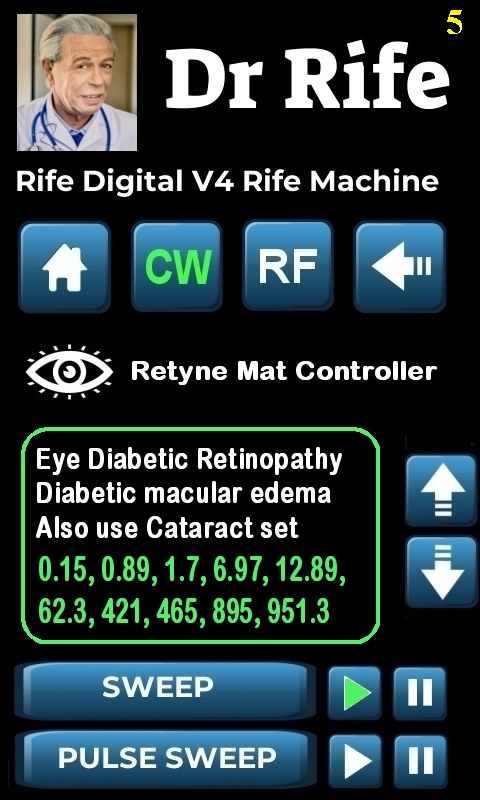
Click here for instructions on using the Retyne Mask + Controller
